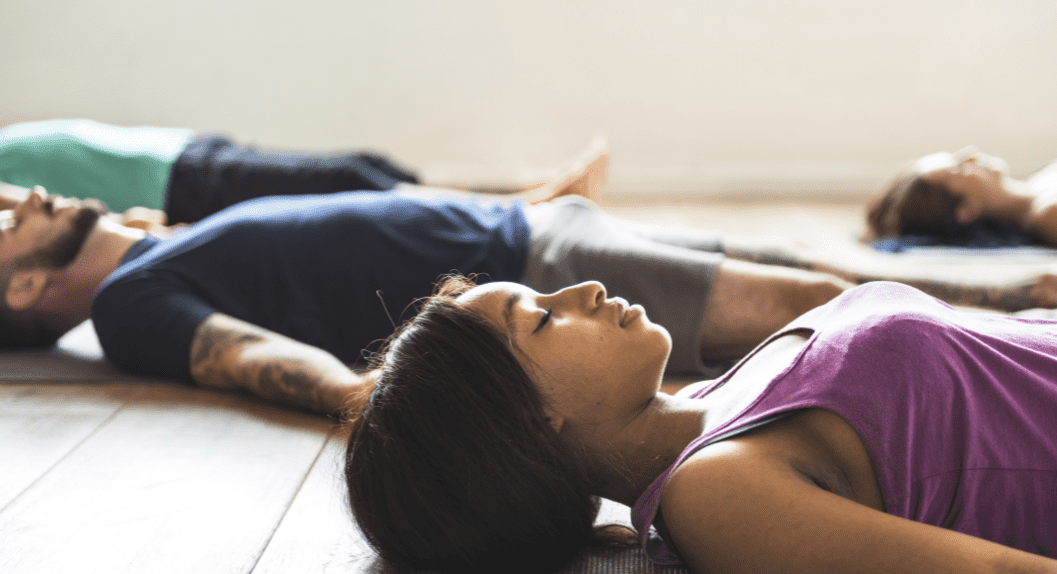Research on the effects of Yoga has found that Yoga practice has numerous benefits for physical, mental, and emotional well-being. Dr. Steffany Moonaz is a Yoga therapist who has been involved in such research to gather clinical data about the health benefits of Yoga. She spent 8 years at Johns Hopkins University creating and evaluating a Yoga program for individuals with arthritis. In the following article, she shares some potential benefits of Yoga practice for individuals with arthritis and other chronic conditions.
Yoga for Arthritis
For over a decade, I have been researching the effects of Yoga for people with arthritis. As many people envision, this includes a lot of modifications, adjustments, and extensive use of props. We work with students to find versions of each asana that remain true to the essence of the pose, working within any movement limitations without creating pain or joint discomfort.
But when we teach Yoga to people who have arthritis, we don’t strive for a magical asana sequence that will address arthritis in a particular body part. Yoga is a holistic process. When we make the mistake of thinking about Yoga as if it were physical therapy, we lose what makes Yoga a unique, therapeutic process. Instead, Yoga can go hand-in-hand with modalities like PT, as complementary processes.
Researchers lose something when looking only at an asana sequence and its effect on the joints. Instead, our job is to get the joint issues out of the way, through support, use of props, compassion and awareness, so that Yoga can work its magic on the whole person—body, mind, and soul.
Just as Yoga can improve overall physical fitness for healthy individuals, it can improve fitness for people with arthritis. But with this population, the stakes are even higher. Yoga can improve balance, which prevents dangerous falls. Yoga practice can enhance flexibility, which allows individuals to maintain mobility over time. Improved strength means greater joint stability. Improved strength means a reduction in the muscle loss that accompanies some forms of arthritis. Improved strength means an increased ability to participate in everyday activities that can be challenging as joints deteriorate.
But a Yoga practice has the potential to bring much more to the lives of people with arthritis. Yoga allows those with a chronic, disabling disease to realize what their bodies CAN do. It fosters a connection to their bodies, which may have been lost during years of disease progression and reduced activity. Yoga can teach students to be present in the moment and to adjust to their bodies’ needs on a particular day, without judgment. Arthritis changes every day, and this skill serves our students every day, even if they don’t get on the mat.
Yoga also helps our students to relax and to be mindful. Having a chronic disease is stressful, and stress can exacerbate that disease. The relaxation and meditation practices of Yoga can break the cycle of stress reactivity. Yoga classes connect people with arthritis to others who are striving and thriving—people who are living a full and active life, whatever journey they have taken to arrive at that place.
And Yoga changes other behaviors. When people start to feel connected, they want to do other things in the name of self-care. They eat healthier foods, go for a walk outside, make time for themselves, and some even make an effort to be more diligent with their medical care.
When we think about bringing the tools of Yoga to the arthritis community, let’s be sure to look beyond the modification of asana as a goal. Our goal is to make the asanas possible so the totality of Yoga can come through to our students, safely and effectively.
This article was originally published on Yogamate.org.



